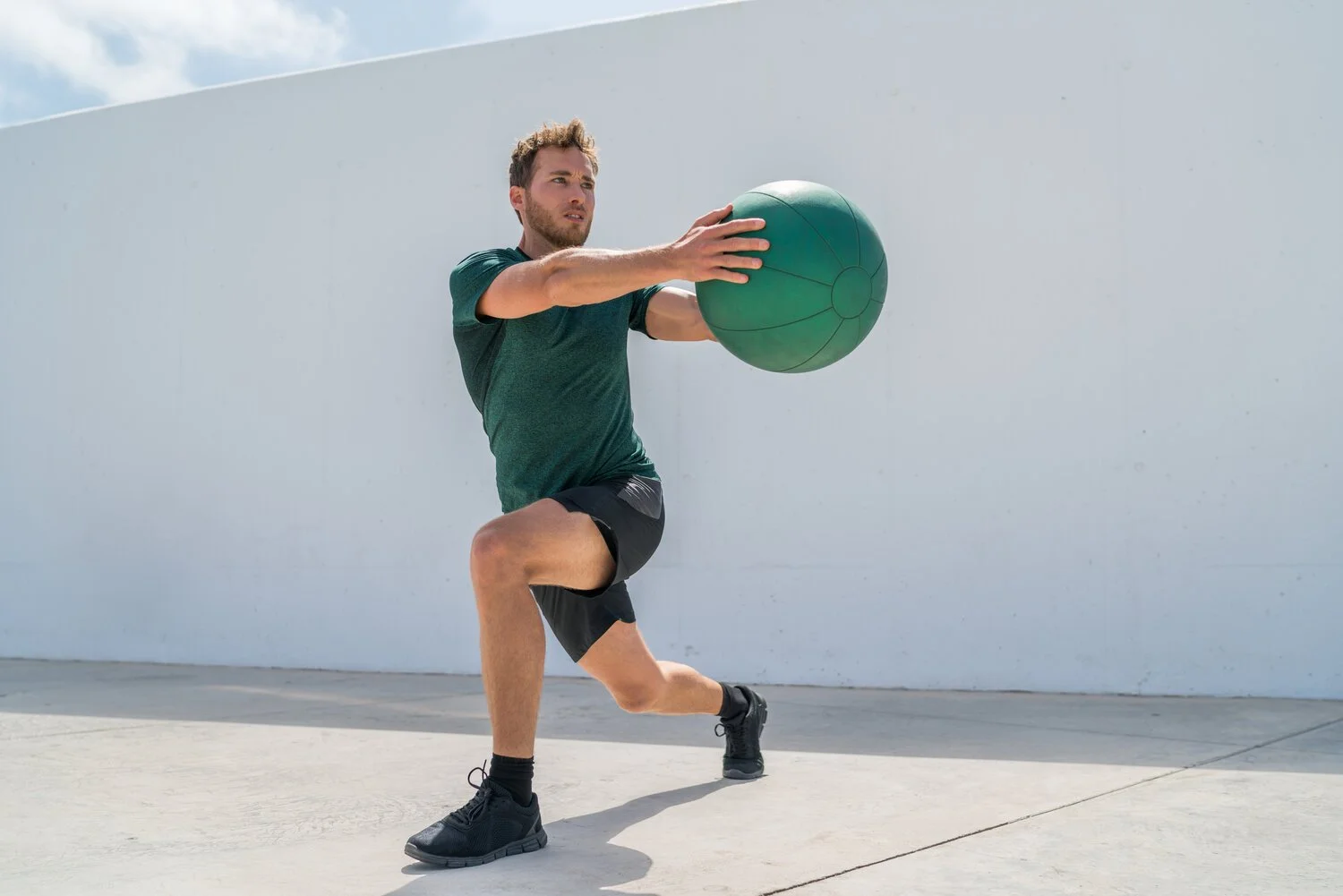NEUROSCIENCE AND FITNESS: CAN EXERCISE HELP TRAIN THE BRAIN TO HEAL?
By Coach Kesh
Approximate Reading Time: 2-4min
Neuroscience is an exciting area of research and study focusing on the nervous system. It explores nervous system development, structure, functions, and the subsequent impact on how we act and think.
In this article, we will learn about the benefits of exercise on brain power and how staying healthy in both mind and body as we age, go hand in hand!
While the full depth of neuroscience is beyond the scope of this article, let’s define it as “a growing scientific area comprising a variety of investigations that seek to understand the relationship between the body and brain”.
The relationship between the mind and body really is the key here. What we do to and with our bodies influences our brains and vice versa. Further, both the mind and body are also affected by the same stressors; ageing, stress from work, pollution, smoking, drinking, physical exercise, diet, and more. While some of these stressors are unavoidable, there are several stressors that we can control. One of those stressors that we can control includes physical exercise. Exercise is an especially potent tool in our toolbox of solutions for a healthy and happy mind-body axis. We will dive into this a bit deeper in just a moment.
The prevalence and incidence of major neurodegenerative diseases such as Alzheimer’s and Parkinson’s rise as we age. In a world where the average age is on the rise, more and more people will live into older age and therefore are susceptible to the natural aging consequences of the brain and body. It’s no secret that in 2020, we have all been exposed to additional and more constant background stress, from both the pandemic and the residual ripples it has created. Because stress is at an all-time high, it is more important now to understand Its strategies to enhance our brains’ regenerative and executive functions.
A useful term to introduce here is brain plasticity. - Brain plasticity is the ability of the brain, through areas like the nervous system to alter its structure, function, and cellular makeup. Brain plasticity is crucial for many issues, especially those centred around recovery.
Brain plasticity also refers to how we can create structural changes in the brain for illnesses and even degenerative conditions such as Alzheimer’s and Parkinson’s disease. Brain plasticity also means that we can again create structural changes that can improve, alter or change completely some mental illness, and many other traumatic brain issues such as concussions. The combination of ageing (unavoidable) and brain degeneration (much greater opportunity to impact our actions) can be challenged by physical exercise on 3 key levels.
HOW EXERCISE CAN CHANGE THE BRAIN
Investing in exercise has many benefits and one of those is that exercise has the power to enhance synaptic plasticity. Synaptic plasticity is the ability of the brain to change and adapt to new information. Synaptic plasticity is a change that occurs at synapses, the junctions between neurons that allow them to communicate. This plasticity improves the speed of communication between existing neurons (where quite literally the spark of thought is generated) as well as ‘neurogenesis’ or the creation and proliferation of new neurons over the course of our whole lives!
Physical exercise improves synaptic plasticity and neurogenesis. This means that exercise can help to optimize the cognitive functions of our brain (think faster internet connection) whilst also creating more pathways for information transmission and learning (think more fibre optic cables being laid down).
Another reason physical exercise can help the brain is centred around the functional level. Through behaviour change - several studies have shown promising correlations in school-age children improving higher-level executive functions, such as working memory, flexible thinking, and self-control, their ability to think and react was greatly improved. This enhancement in cognitive function shows that through exercise we can change the brain and train it (ourselves) to function more effectively.
And, finally, the third key area to consider is that of neurotrophic or growth factors at a molecular level within the brain. Physical exercise has been shown to induce BDNF or brain-derived neurotrophic factors which is a well-characterized mediator of neuronal growth, plasticity, and survival. Up-regulating the expression of different growth factors such as BDNF, Insulin-like growth factor 1 (IGF)-1 and Vascular endothelial growth factor (VEGF) through exercise provides protective, regeneration, and optimizing effects on brain function.
THE TAKEAWAY / FINAL THOUGHTS
Exercise doesn’t need to be intense or complicated to be effective or to make a change in the brain. Planning a brisk walk, cycling, some resistance training, sports or a small hike will all provide beneficial and lasting results.
The key is to find things that you enjoy and engage in those activities.
It’s no wonder the ancient Romans coined the phrase, “Mens sana in corpore sano” - “A healthy mind in a healthy body’, reflecting on the fact that physical exercise is a crucial part of mental and psychological well-being - now get to training that brain!
Yours in movement,




